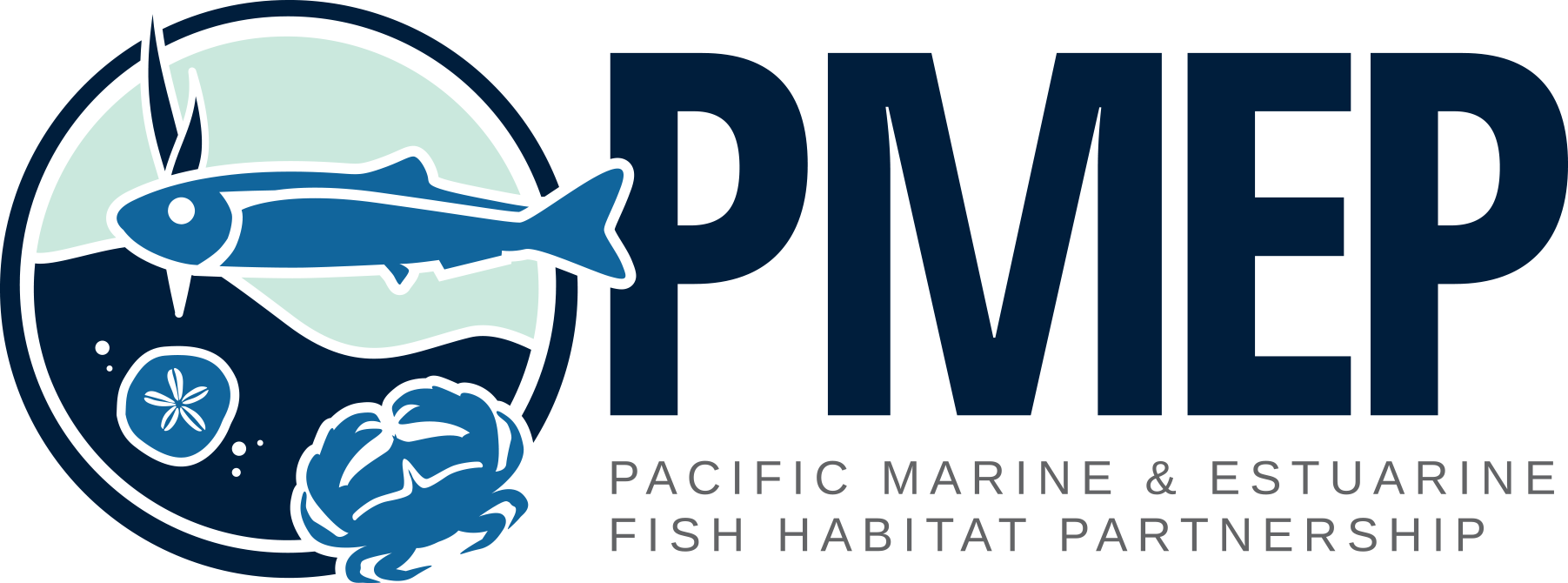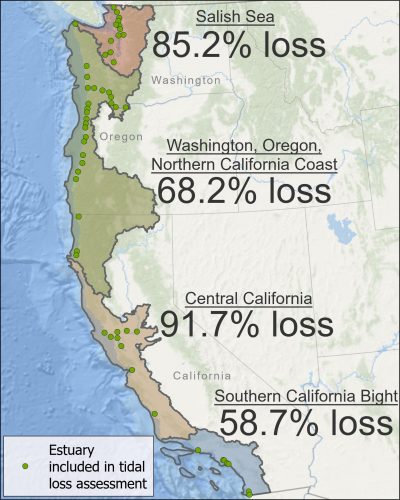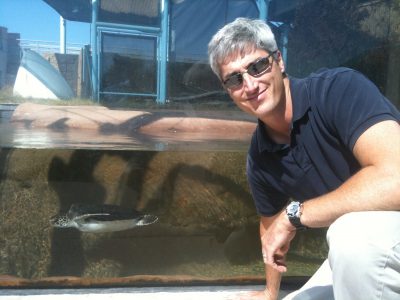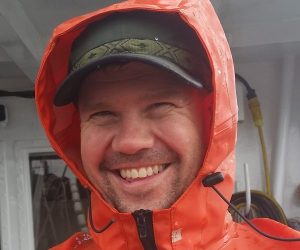Bryant Chesney is a Senior Marine Habitat Resource Specialist with NOAA’s National Marine Fisheries Service (NMFS) West Coast Region and has worked on a variety of habitat conservation efforts since 2000. Currently, Bryant works in Long Beach, California, and focuses on marine habitat conservation in support of protected species and sustainable fisheries. He is particularly interested in seagrass and rocky reef ecology and conservation. In addition to marine habitat conservation, Bryant supports PRD’s efforts to conserve and recover sea turtles, abalone, and other protected marine species. Bryant works closely with regulatory agencies to provide conservation recommendations for coastal development projects that adversely affect estuarine and marine ecosystems in southern California. Specifically, he has experience with port/harbor development, aquaculture, shoreline protection, transportation, dredging, and fill projects. In addition, Bryant has worked with various partnerships to advance conservation and restoration goals by providing leadership, scientific expertise, and policy support. He has been involved with a number of seagrass transplanting projects and has assisted with studies related to the distribution, ecology, and fishery utilization of eelgrass and has helped advance the status of seagrass conservation and monitoring in California. He also played a significant leadership role in an important wetlands partnership, Southern California Wetlands Recovery Project.



